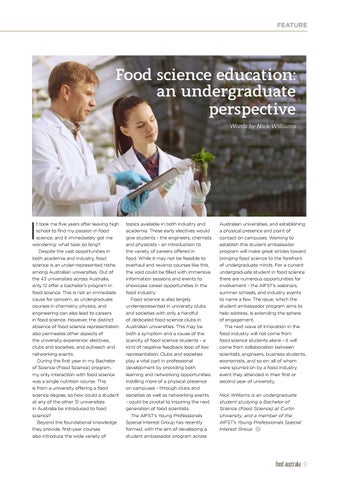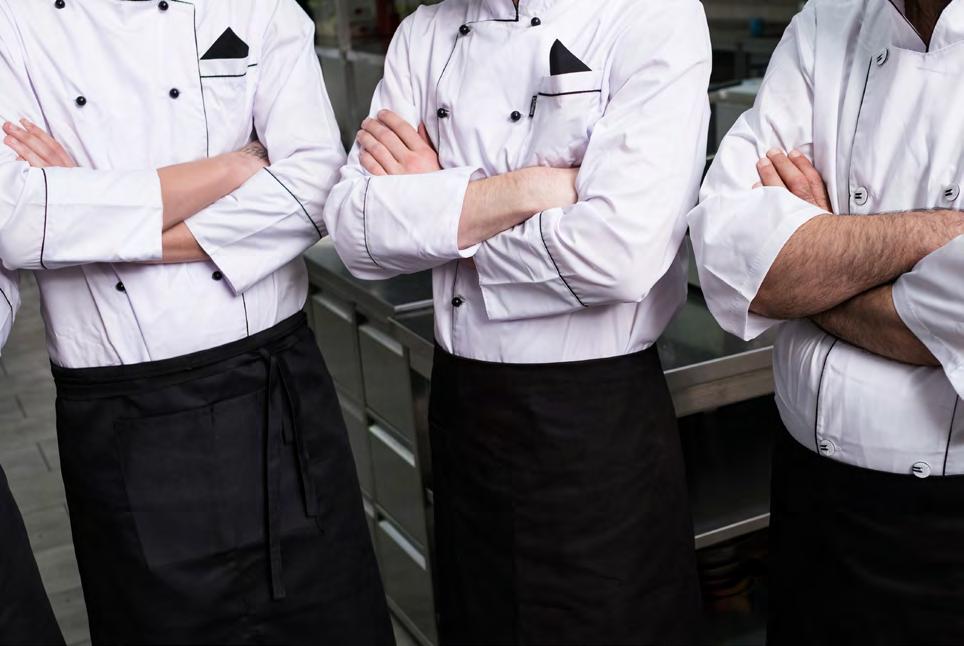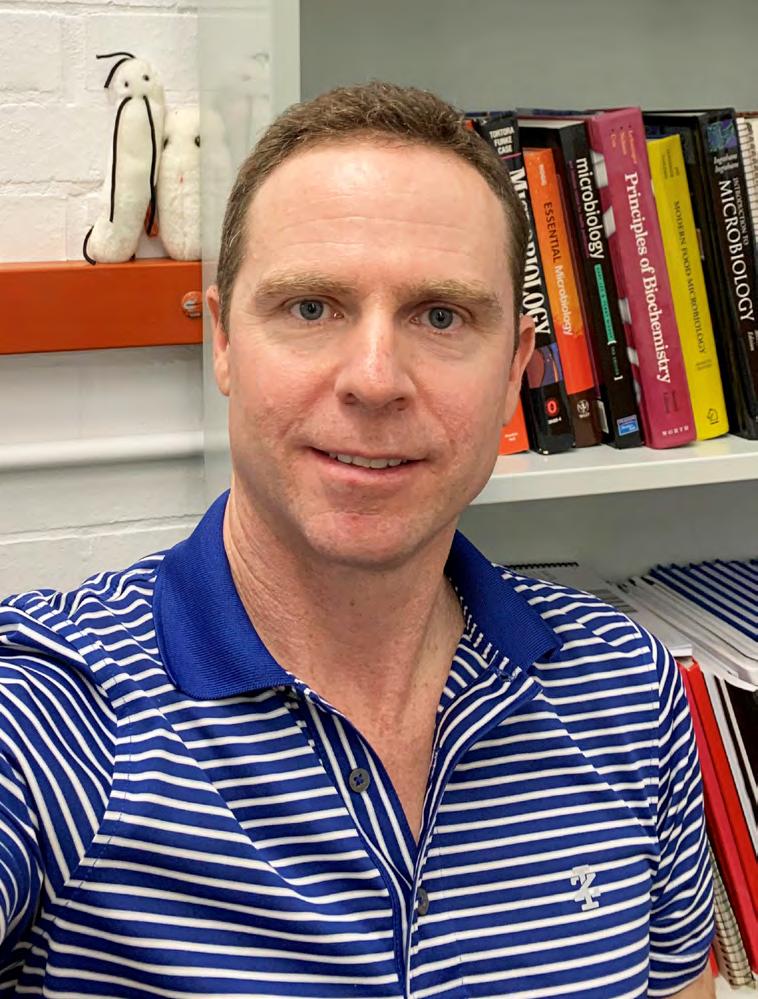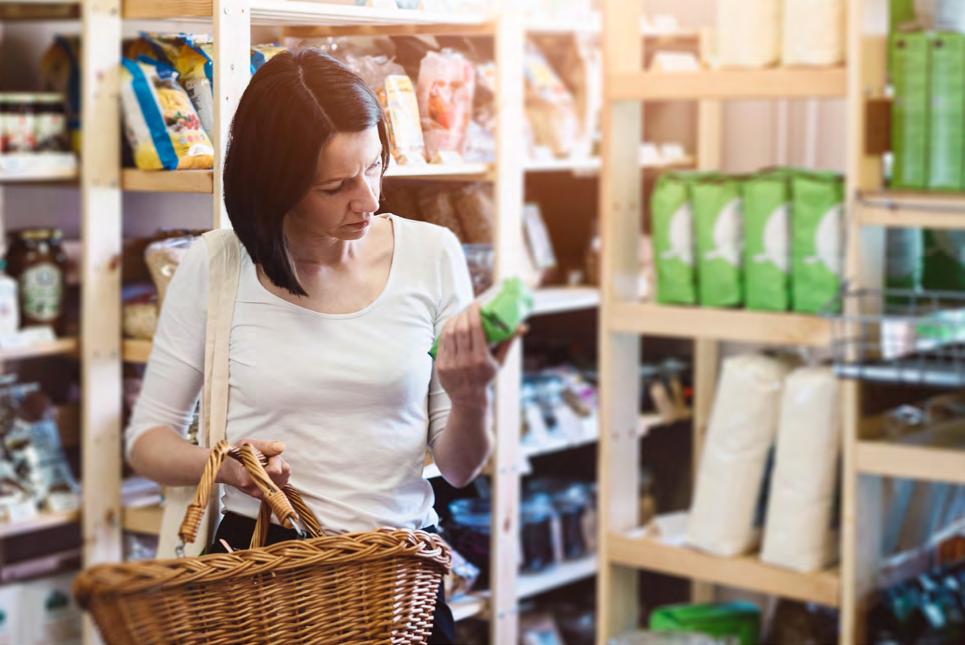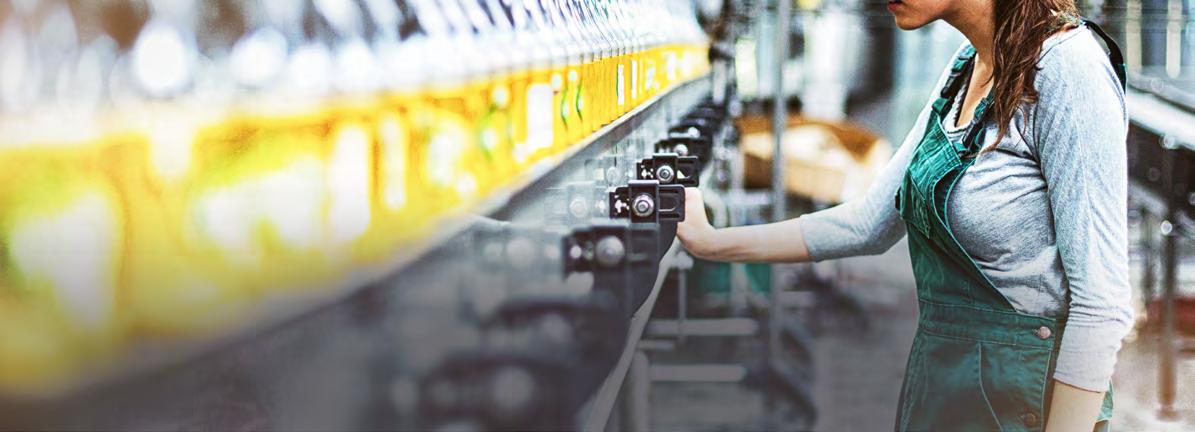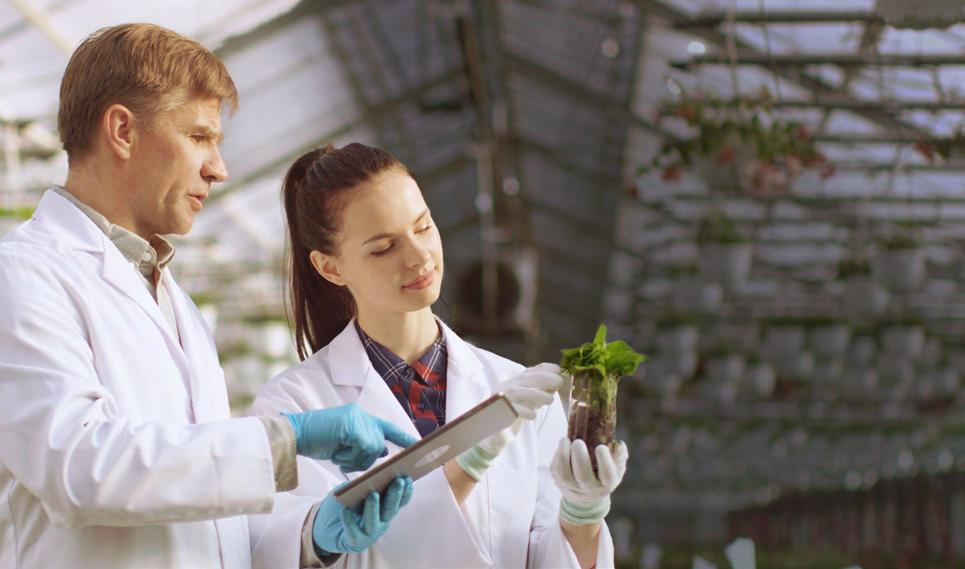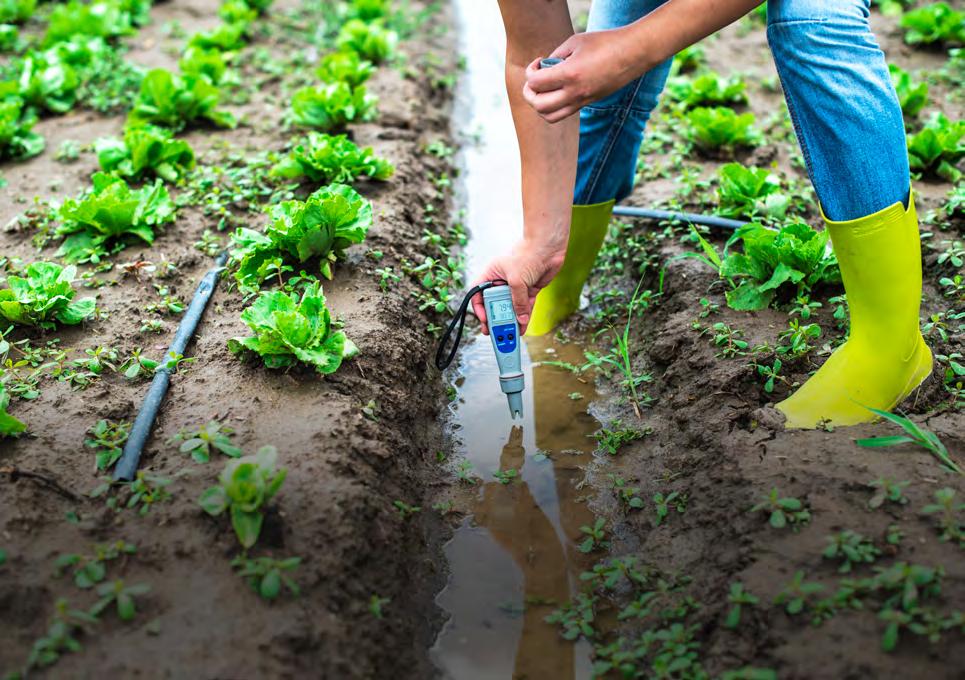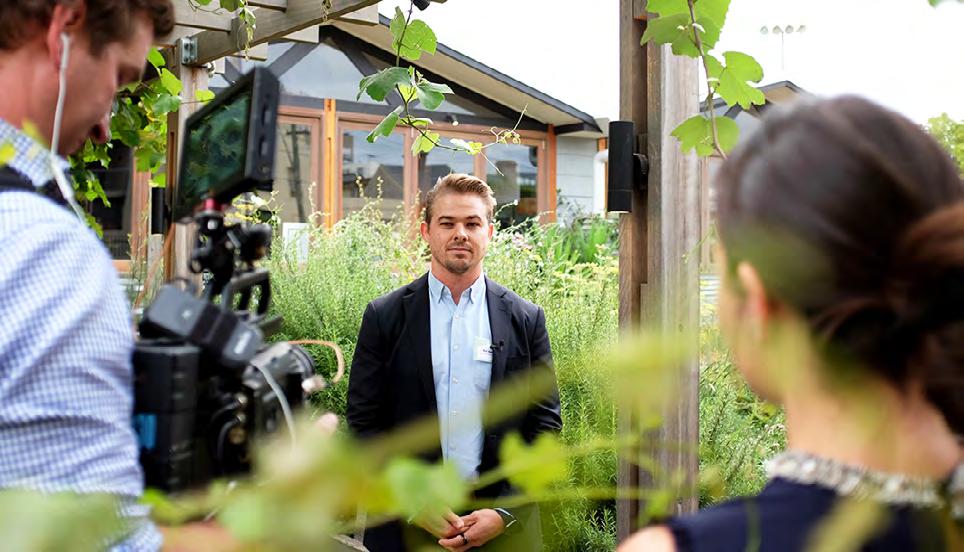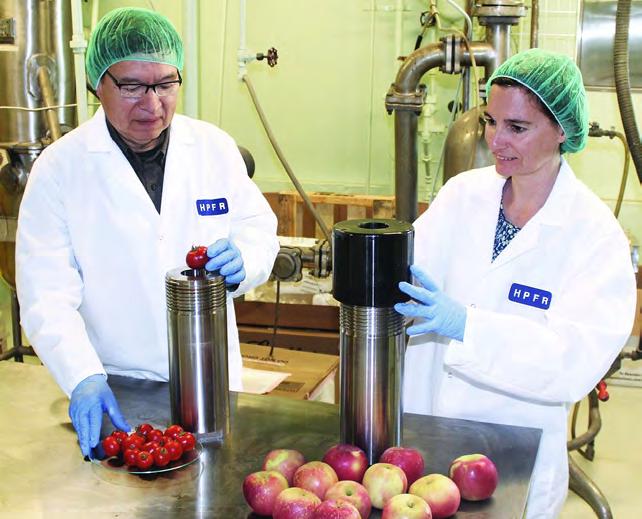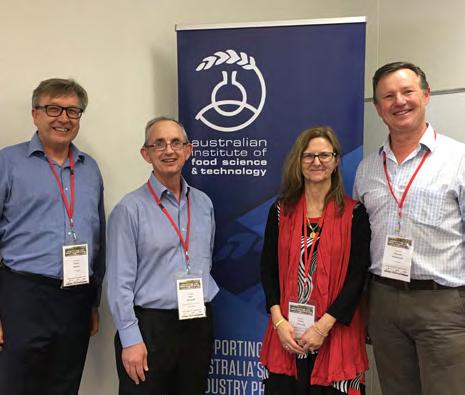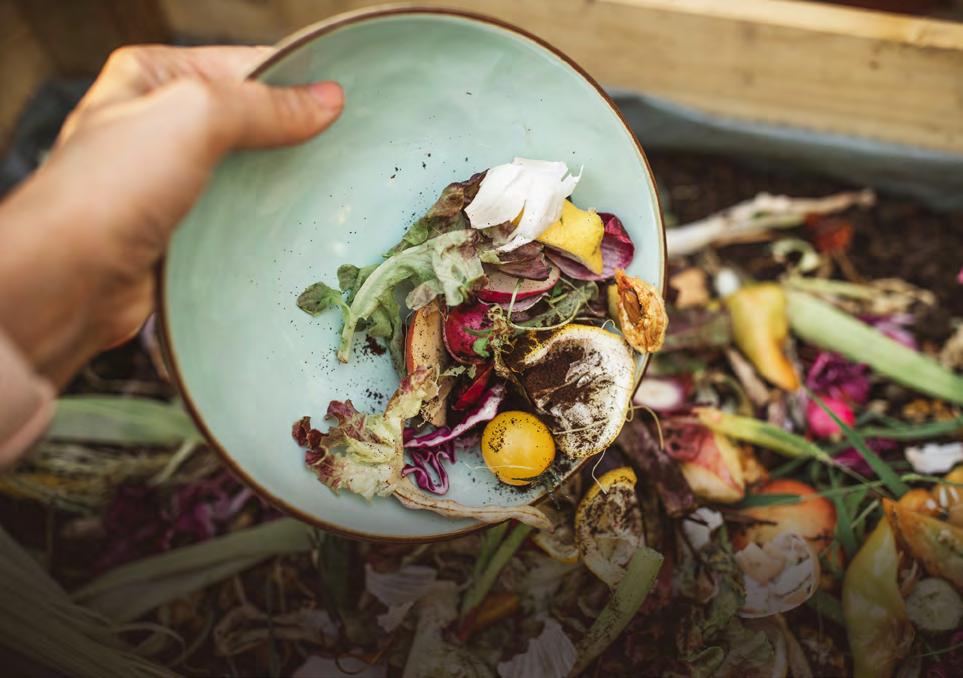FEATURE
Food science education: an undergraduate perspective Words by Nick Williams
I
t took me five years after leaving high school to find my passion in food science, and it immediately got me wondering: what took so long? Despite the vast opportunities in both academia and industry, food science is an under-represented niche among Australian universities. Out of the 43 universities across Australia, only 12 offer a bachelor’s program in food science. This is not an immediate cause for concern, as undergraduate courses in chemistry, physics, and engineering can also lead to careers in food science. However, the distinct absence of food science representation also permeates other aspects of the university experience: electives, clubs and societies, and outreach and networking events. During the first year in my Bachelor of Science (Food Science) program, my only interaction with food science was a single nutrition course. This is from a university offering a food science degree, so how could a student at any of the other 31 universities in Australia be introduced to food science? Beyond the foundational knowledge they provide, first-year courses also introduce the wide variety of
topics available in both industry and academia. These early electives would give students - the engineers, chemists and physicists - an introduction to the variety of careers offered in food. While it may not be feasible to overhaul and revamp courses like this, the void could be filled with immersive information sessions and events to showcase career opportunities in the food industry. Food science is also largely underrepresented in university clubs and societies with only a handful of dedicated food science clubs in Australian universities. This may be both a symptom and a cause of the scarcity of food science students - a kind of negative feedback loop of low representation. Clubs and societies play a vital part in professional development by providing both learning and networking opportunities. Instilling more of a physical presence on campuses - through clubs and societies as well as networking events - could be pivotal to inspiring the next generation of food scientists. The AIFST’s Young Professionals Special Interest Group has recently formed, with the aim of developing a student ambassador program across
Australian universities, and establishing a physical presence and point of contact on campuses. Working to establish this student ambassador program will make great strides toward bringing food science to the forefront of undergraduate minds. For a current undergraduate student in food science there are numerous opportunities for involvement - the AIFST’s webinars, summer schools, and industry events to name a few. The issue, which the student ambassador program aims to help address, is extending the sphere of engagement. The next wave of innovation in the food industry will not come from food science students alone - it will come from collaboration between scientists, engineers, business students, economists, and so on: all of whom were spurred on by a food industry event they attended in their first or second year of university. Nick Williams is an undergraduate student studying a Bachelor of Science (Food Science) at Curtin University, and a member of the AIFST’s Young Professionals Special Interest Group f
food australia 31
